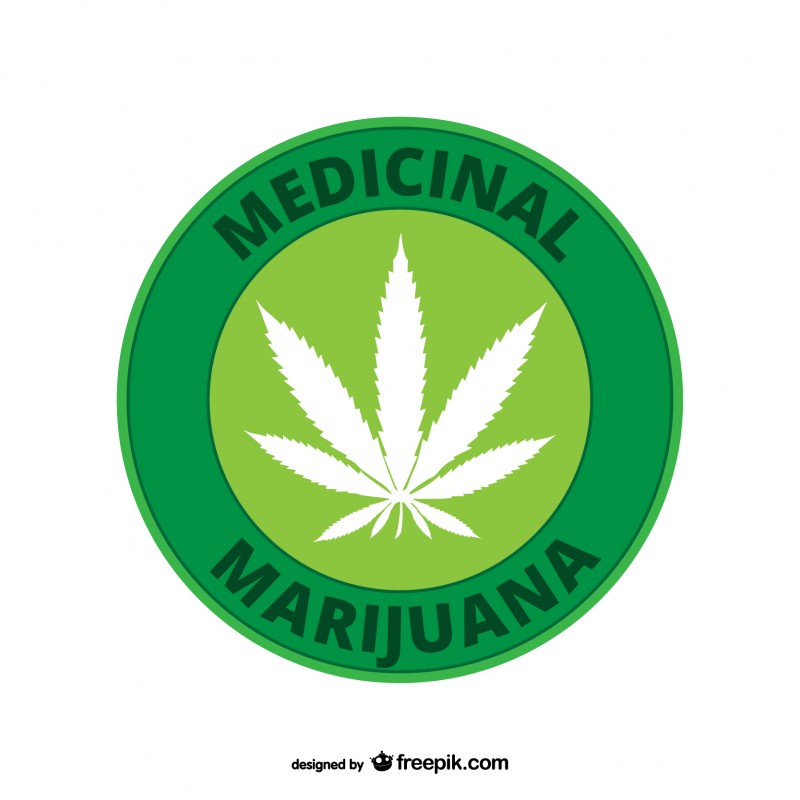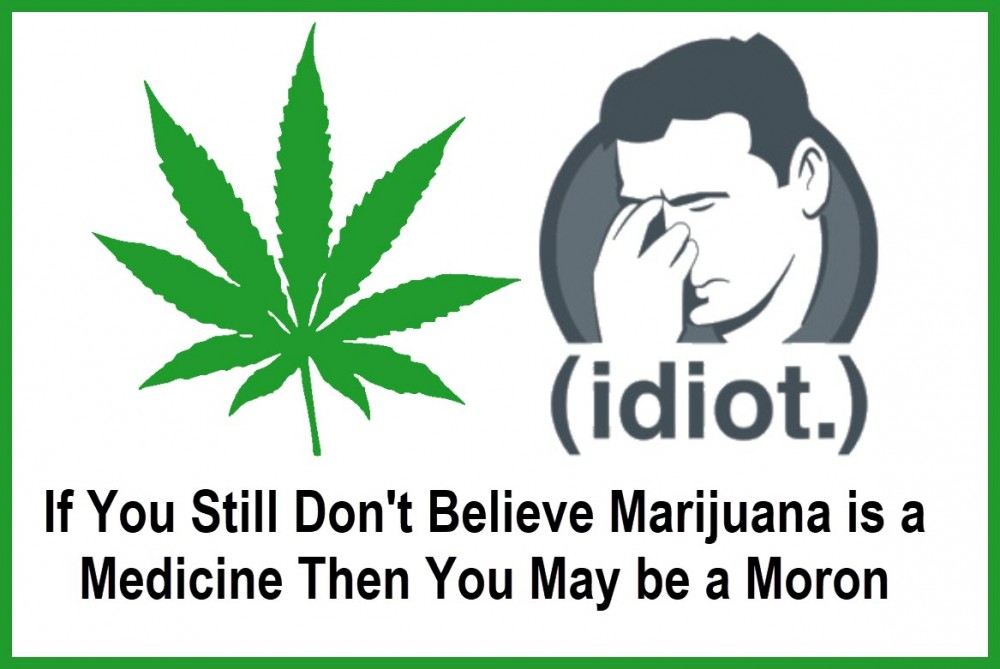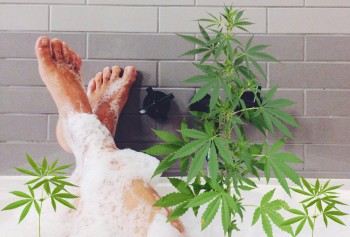For thousands of years healers from countries throughout the world have used the cannabis plant to treat a variety of ailments and reduce pain.
Is Cannabis Really a Medicine? Let's Look at History. from CannabisNet on Vimeo.
The earliest records on the use of cannabis by the medical profession dates back to China around 2700 B.C., when Chinese physicians were recommending tea made from cannabis leaves to treat malaria and gout. Around 200 A.D. a Chinese physician by the name of Hua Tao wrote about using cannabis as part of what was probably the first anesthetic. Yes, these physicians were among the first in recorded history to recognize that cannabis is medicine.
In India around 300 A.D. cannabis, as written in the Ayurvedic medical text, was being used to treat pain, insomnia and headaches. The same text describes its use as an anesthetic for surgical procedures.
The Greeks, recognized for their great scientific knowledge also used cannabis as medicine. Writers from Ancient Greece have mentioned the prescribing of cannabis for the treatment of tapeworms and to reduce inflammation and pain in the ears.
Oddly enough, the western world did not catch on to the concept of medical cannabis until the 1800ds, when an Irish doctor, William O’Shaughnessy, recently back from India, began using cannabis to successfully treat nausea, diarrhea, muscle spasms and pain. Other western doctors, including many in the United States soon followed suit with researches and clinical usage of their own. They were all finding that cannabis; frequently known today as marijuana, is medicine.

We jump forward to 1906 and the formation of the FDA. Soon after the Food and Drug Administration became a reality, laws were enacted to limit the use of cannabis for research only and, by the mid 1920s, use of cannabis became illegal in the United States, Canada and the United Kingdom.
Beginning in the 1930s a smear campaign was launched against cannabis, which was then also becoming known as marijuana. Tabloid papers were associating the use of marijuana with Mexican immigrants (hence the new term marijuana) and blaming the drug for driving people to commit crimes.
It’s interesting to note, despite the rising power of the pharmaceutical establishment and the FDA, the American Medical Association was still promoting the safe medical use of cannabis into the 1940s. The AMA still recognized that cannabis, also called marijuana, was a valuable medicine.
Despite its changing legal status, research into the medicinal uses of cannabis continued around the world. Researchers and practitioners could not just ignore the findings of the ancient physicians or the numerous studies performed by western scientists and medical doctors such as the Irishman, William O’Shaughnessy.
For example, in the 1960s, doctors in both Argentina and what is now the Czech Republic published studies demonstrating the antibiotic properties of cannabis. At the same time, in the United States, researchers were discovering the benefits of cannabis on reducing intraocular pressure, the main cause of glaucoma. Patients feeling the relief from this pressure and pain and their doctors recognized that cannabis (marijuana) was a vital and valuable medicine.

But it wasn’t until 1996, when California passed Proposition 215 that the medical use of cannabis began to take legal foothold in the U.S. Since then, 22 more states, the District of Columbia and Guam have enacted similar laws.
Although possession of cannabis remains illegal at the federal level, in October of 2009, the Obama Administration sent a memo to federal prosecutors encouraging them not to prosecute people who distribute marijuana for medical purposes in accordance with state law.
States with medical marijuana laws generally have some form of patient registry, which may provide some protection against arrest for possession up to a certain amount of marijuana for personal medicinal use.
With more states opting for legalization of medical cannabis, there is a swing in the pendulum, allowing for more and more patients to enjoy the benefits this drug has to offer.
With fewer side effects than many of the pharmaceuticals used to treat similar physical problems, cannabis is becoming the treatment recommended by many physicians and preferred by their patients who seek relief from a variety of medical conditions and their associated effects.
The medical use of cannabis has been shown to help people with glaucoma, neuropathy, loss of appetite connected with a medical condition or treatment, chronic or acute pain, multiple sclerosis, Parkinson’s Disease, nausea and vomiting associated with chemotherapy, Tourette’s syndrome, anxiety, and insomnia.
Meridith Berk
http://TheEducatedPatientSeries.com
OTHER ARTICLES YOU MAY ENJOY...

WHAT IS THE BEST WAY TO TAKE MEDICAL CANNABIS? CLICK HERE TO READ..
OR...

AUSTRALIA ABOUT TO LEGALIZE THE USE OF MEDICAL MARIJUANA, CLICK HERE...






